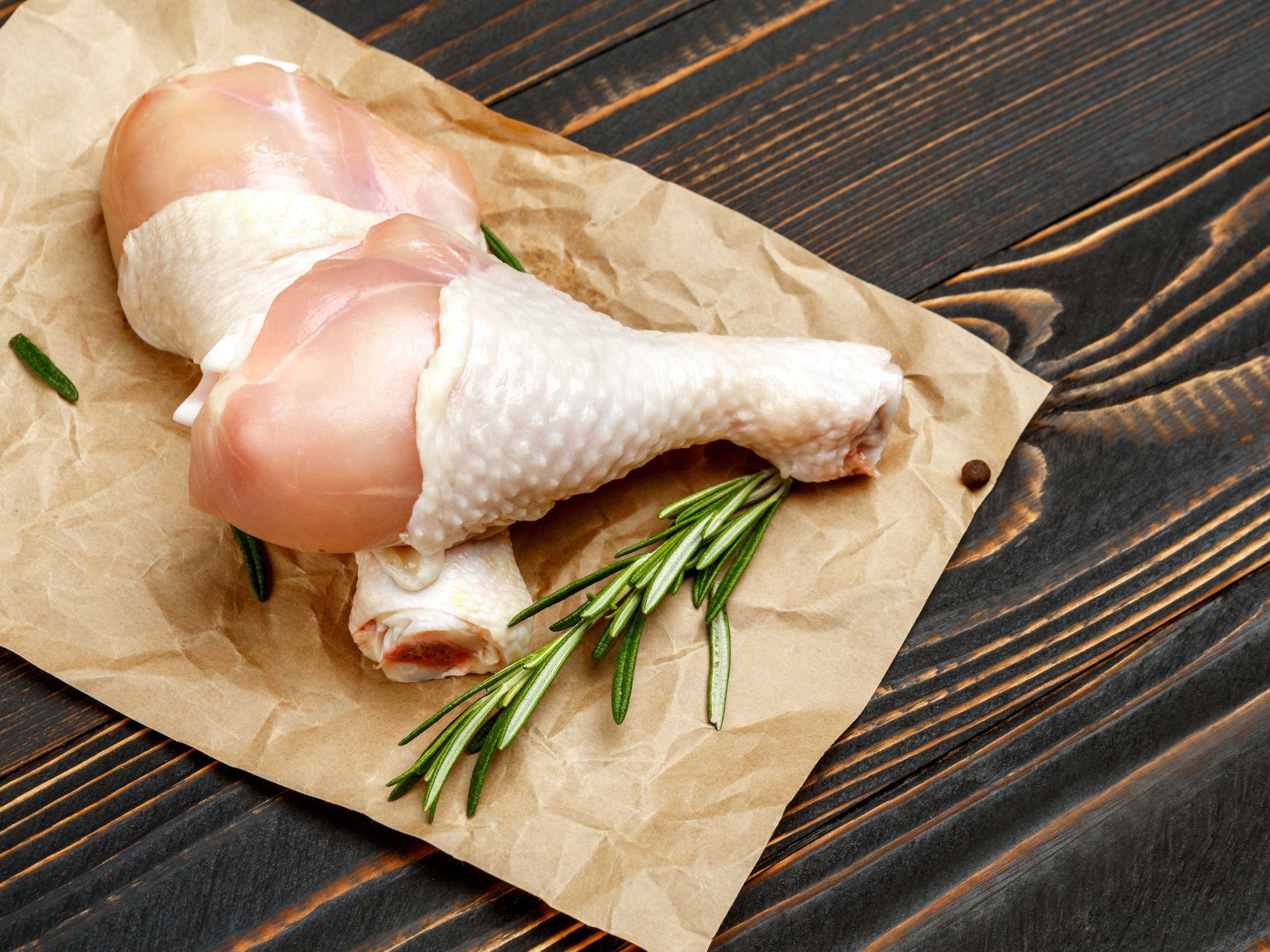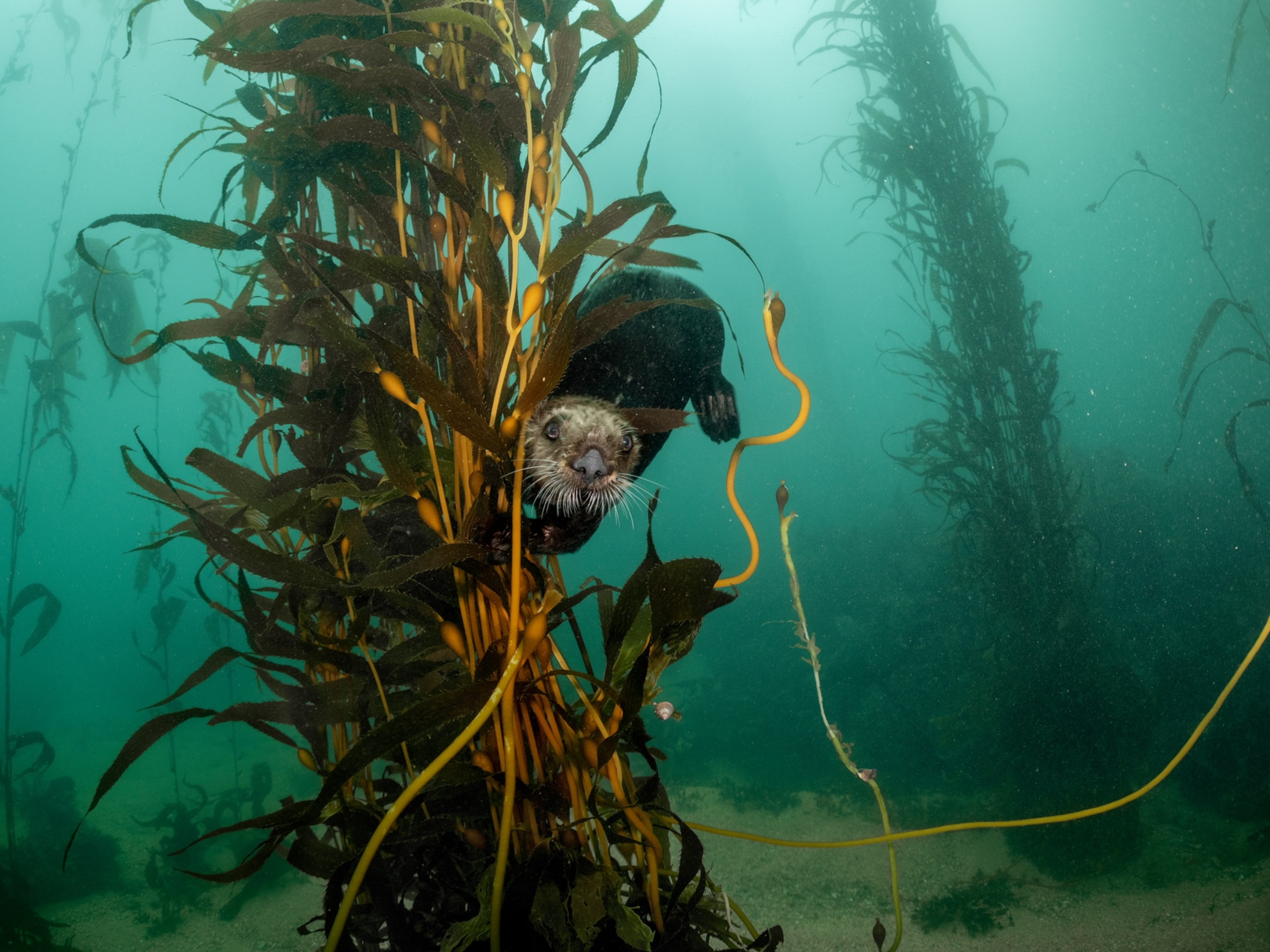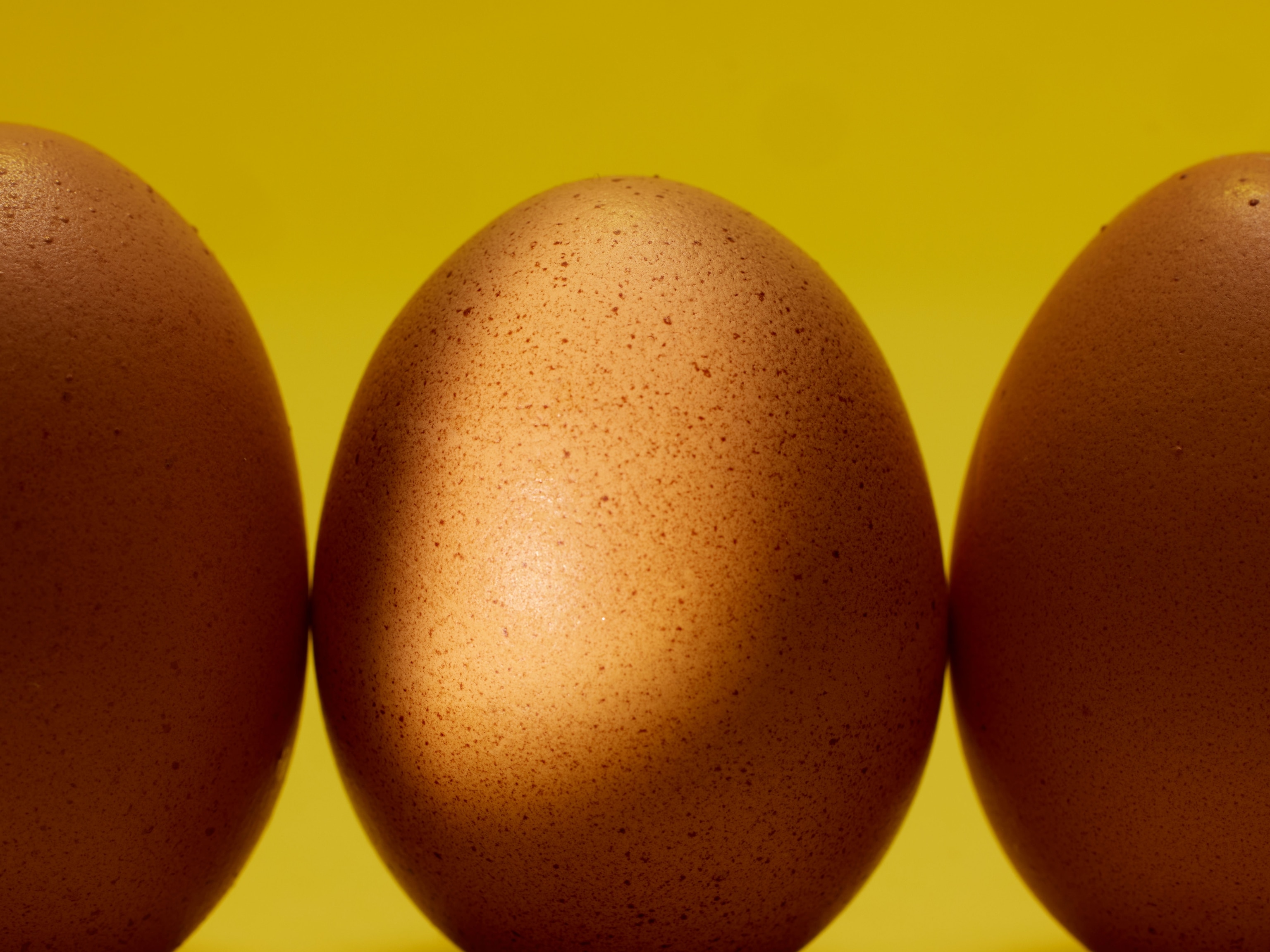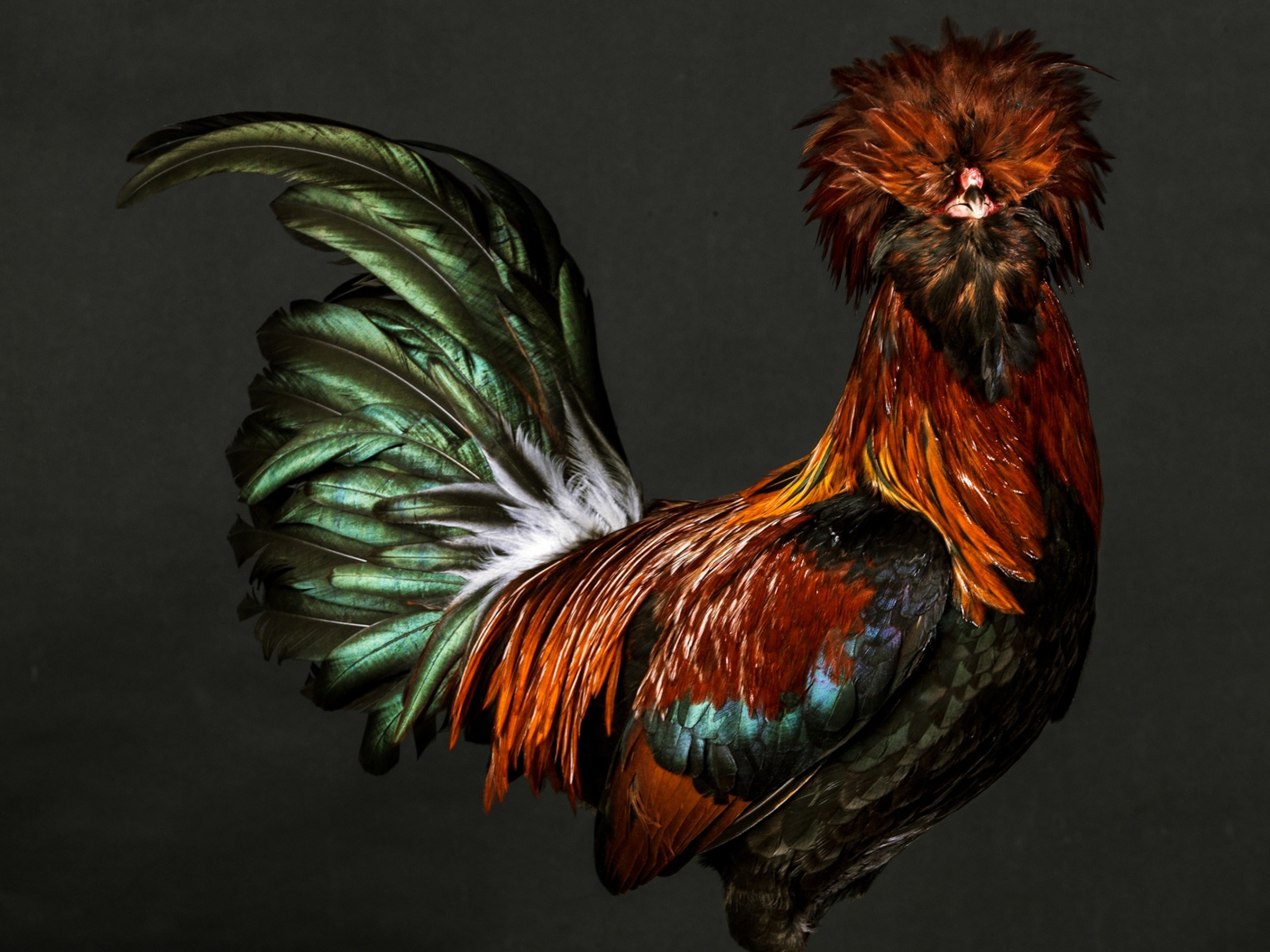
7 Regal Photos Show the Elegance of Chickens
A photographer captures the striking features and cocky personalities of chickens.
Tamara Staples was 23 years old when she attended her first poultry show with her Uncle Ron. “What really struck me was the personalities of the birds,” she remembers. “You’ve got some that are, shall we say cocky, and some that are shy.” Observing the birds’ characters paired with their colorful feathers and diverse body shapes, Staples was smitten from the minute she saw them.
In the late 80s, Staples began attending poultry shows, commonly held at county fairgrounds, to make portraits of the fowl. Over the years she’s attended about 40 competitions in at least 10 states. Her latest series, called “Cocky,” features oval cameos of the chickens against backdrops of various hues. Staples brings several dozen backdrops to each show and after a match is made with a bird, the backdrop is retired. People see their human relatives in the cameos, says Staples.

“They’re really connecting with the birds,” she says. “They say ‘that’s my mom’ or ‘that’s my aunt’ or ‘that’s my uncle.’ They buy them in pairs and are like ‘this is our family tree.’”
To find portrait subjects, Staples tours the expositions looking for breeds she hasn’t photographed before––chickens, just like dogs, have breeds––and birds that have particularly striking features. For example, delightfully quirky plumage, an eminent wingspan, or a sublime comb or claw, achieved through masterful breeding. Once Staples identifies an animal she’d like to photograph, she looks up the breeder’s phone number on the exhibitor’s list and calls to ask if he or she would like to bring the bird to her on-site studio for a portrait.

The images are always made after the chicken has been judged and the breeder is the only person who handles the bird. “Lord help me if I break a feather or something,” says Staples, explaining why she doesn’t touch the prized poultry while photographing. (Learn why chickens prefer attractive people.)
After a picture of the “standard” pose has been made, a position depicted in The American Standard of Perfection––a gospel of sorts to breeders––Staples lets the bird move around as it wishes.
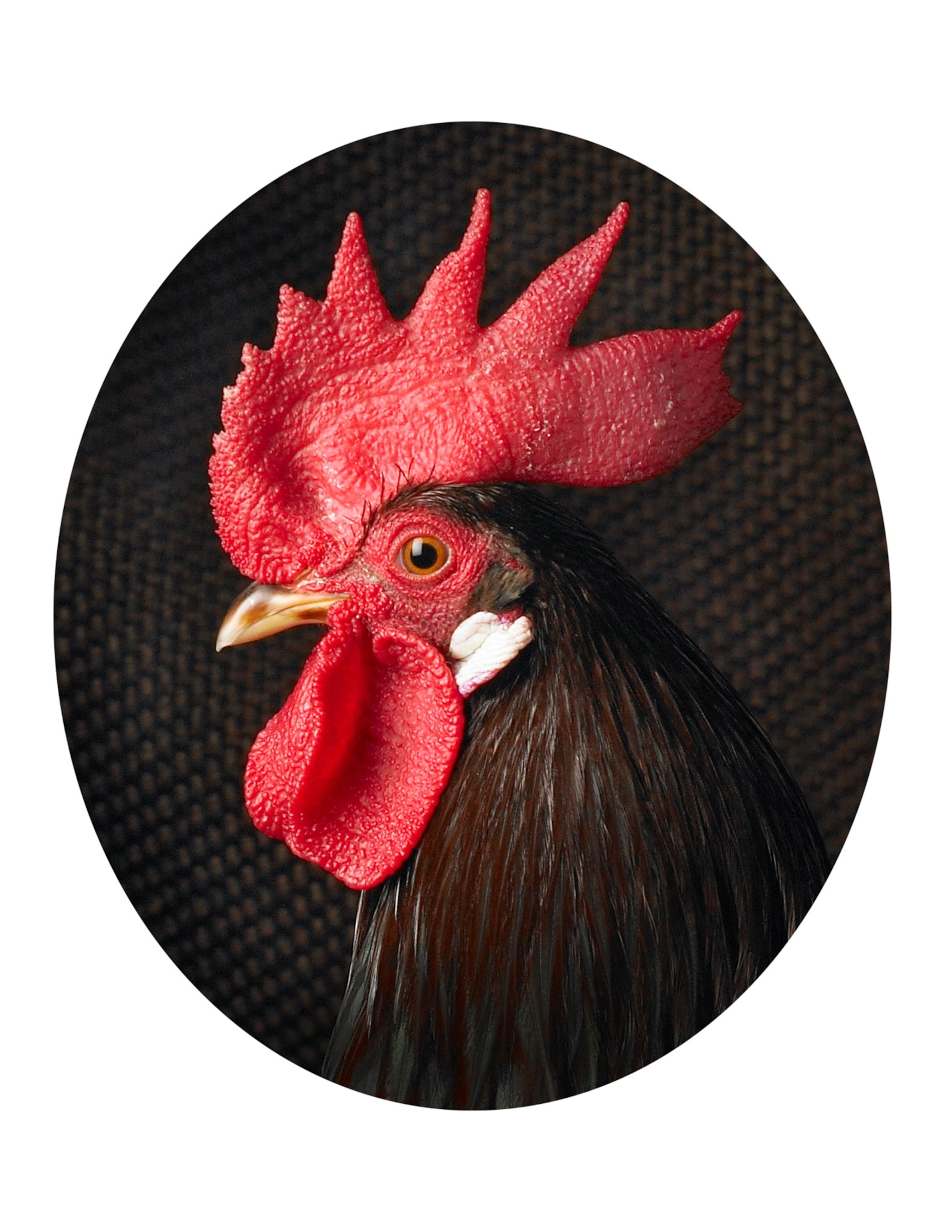
“Maybe it’s going to cock its head or strut around, maybe give me its backside and look over its shoulder. It’s always a thrill because you never know what you’re going to get,” she says.
Once, when photographing a male bird late in the day, he refused to stand up. “His head kept slowly curling down,” recalls Staples. “What do you think is wrong?” she asked the bird’s breeder. “He misses his wife back home,” he said.

Staples finds the breeders as lovely as the birds. Most are farmers, but there are also doctors, lawyers, and book publishers. The poultry shows are a “place where people come to visit with their friends, make new friends, talk about their experiences with their birds, and mentor younger breeders,” says Staples. “It’s a real slice of Americana.”

Word has spread at the shows about Staples’ work. The breeders “feel like it’s an honor that I would photograph their bird,” she says. “And, of course, I provide everyone with a print.”
Staples feels the images have helped bring an awareness to the subculture of poultry breeding, a practice she hopes lasts forever in spite of the decline of farmers and farmable land. “Some of these chicken breeds are thousands of years old and we need to preserve what we have,” she says.
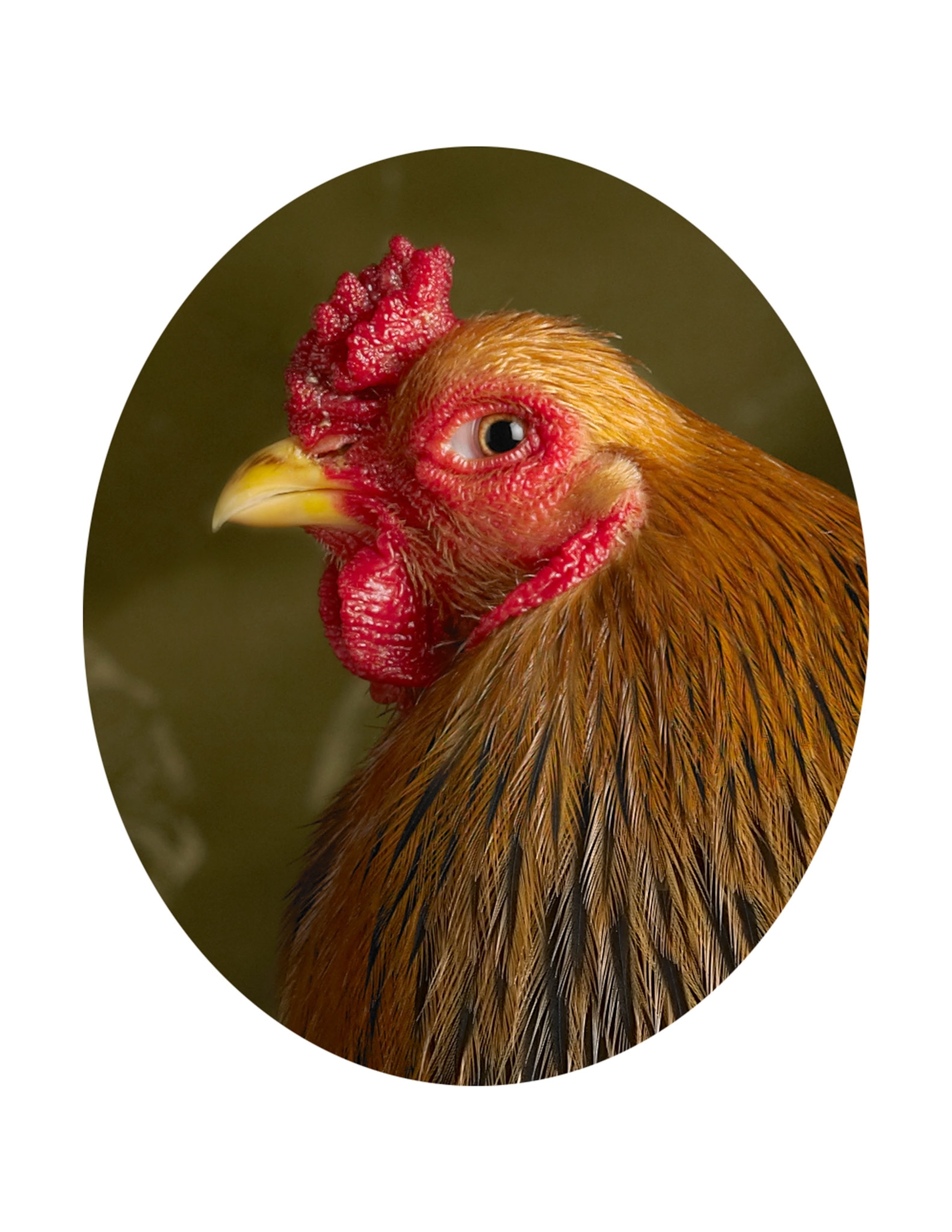
And she remains transfixed by the subtleties in the birds’ personalities. “I’m surprised every single time,” she says, “by their style, elegance, and openness.” The viewers’ genuine awe at the beauty of what they consider food continues to enchant her, too. “They’re shocked to realize these are pets taken care of in the way we look after our dogs or our cats, yet we eat them,” she says. (Learn about the surprising ways chickens changed the world.)
“I could photograph these birds for eternity. There’s just really nothing that’s more fun for me.”
To see more of Tamara Staples' work you can visit her website.

